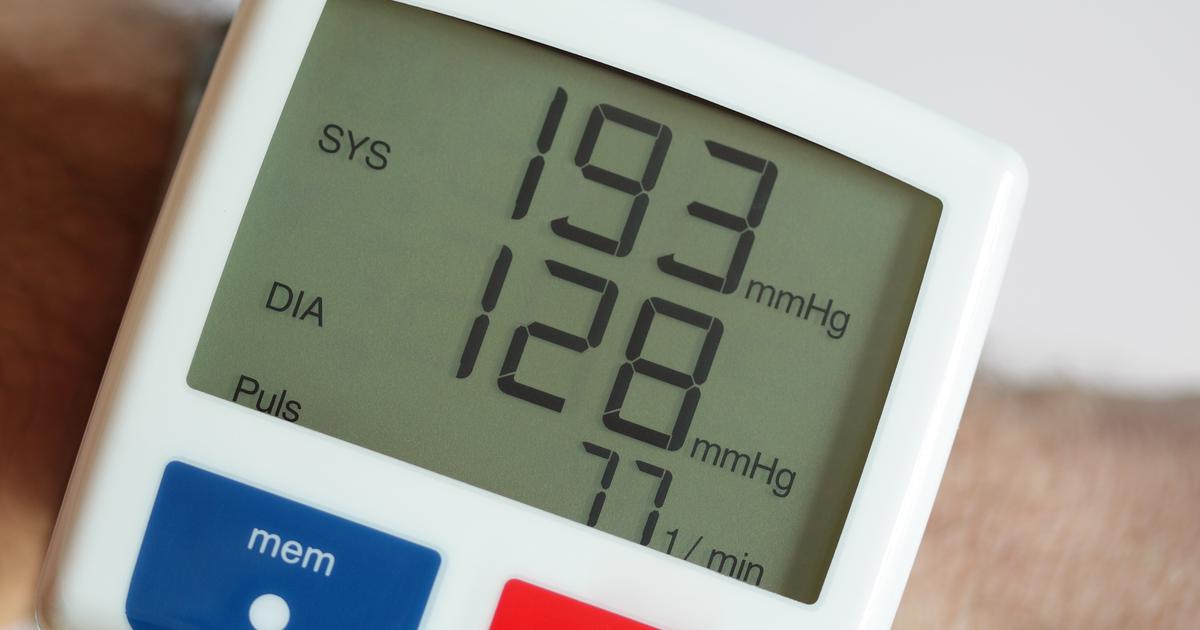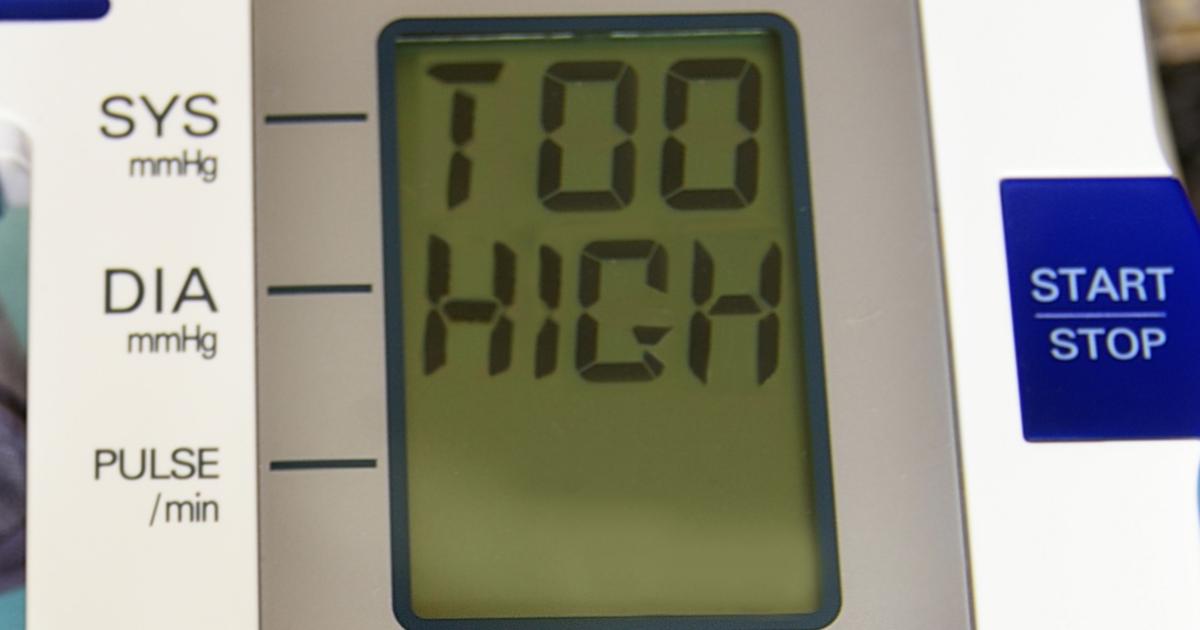Pulse-Racing Facts That Will Pump Up Your Knowledge About Blood Pressure
Think you know your blood pressure? Think again. This silent force flows through your body every second of the day—and when it’s too high, it can quietly wreak havoc on your health. Much like overinflating a tire, too much pressure inside your arteries can lead to serious damage over time. In fact, nearly 1 in 3 adults in the U.S. has high blood pressure, and many don’t even know it until a routine check-up reveals the risk. Whether you're over 55, inactive, a smoker, dealing with stress, or simply have a family history of heart disease or diabetes, your chances of developing high blood pressure are higher than you might think. That’s why we’ve expanded our guide to 21 must-know facts about your blood pressure—because understanding it better could help you live longer, healthier, and stronger.
1. What Do The Numbers Mean?

An individual's blood pressure is measured and then expressed in the form of a fraction with two different numbers. The number on the top of the blood pressure reading is an individual's systolic blood pressure, and the number on the bottom of the reading is their diastolic blood pressure. The systolic pressure reading is used to measure the force of blood moving through the arteries when the individual's heart is making a contraction. The diastolic pressure reading is utilized to measure the force of the blood against the blood vessel walls when the heart is in between heartbeats. When determining the state of an individual's heart health, both diastolic and systolic blood pressure readings are important indicators. When an individual's heart is not working hard enough to pump blood around to the rest of their body, their blood pressure readings will be lower than normal. When the individual's heart is working too hard to pump blood around their body, their blood pressure readings higher than normal.
2. Range Of Healthy And Unhealthy Readings

In order for an individual's blood pressure reading to be considered healthy, the measurement should show a systolic measurement greater than 90 but under 120 mmHg (millimeters of mercury). The diastolic blood pressure should show a value that is above 60 but under 80 mmHg. An individual who has a healthy blood pressure reading has both numbers within these specified ranges, according to the American Heart Association. A healthy blood pressure reading is any reading between 90/60 mmHg and 120/80 mmHg. When an individual has a diastolic pressure reading of above 80 mmHg and a systolic reading of above 120 mmHg, it is considered an unhealthy reading. Just as a slightly high blood pressure reading is considered unhealthy, a blood pressure reading that is slightly lower than normal is also considered unhealthy. An individual's blood pressure should not drop below 90/60.
